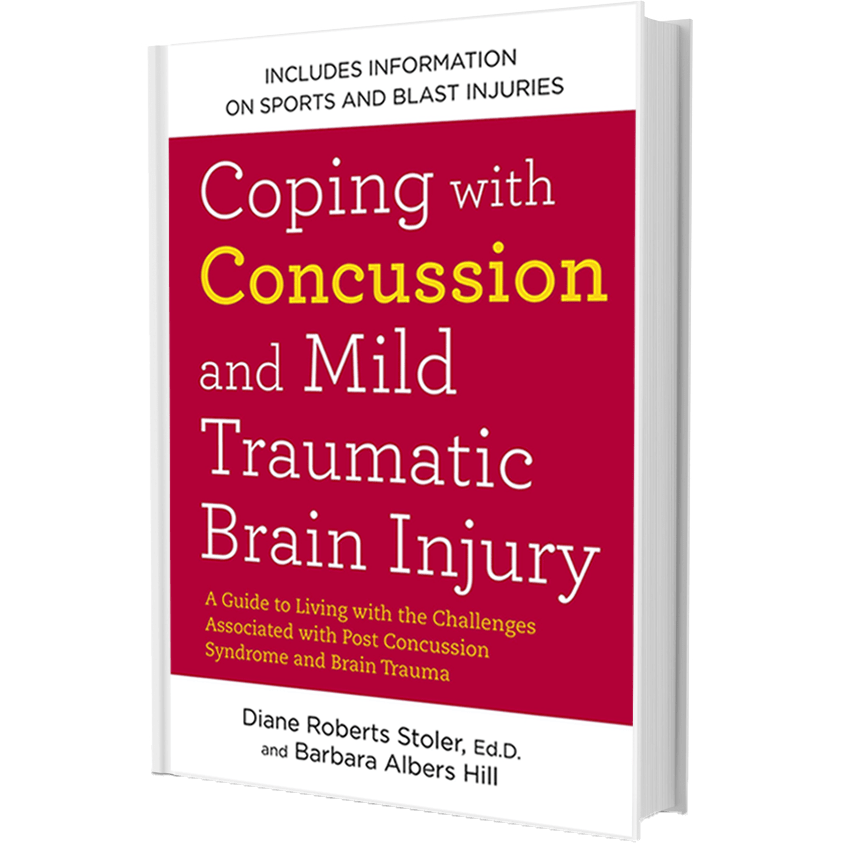Brain Aneurysm Awareness
September is Brain Aneurysm Awareness Month
It is estimated that one in 50 people in the U.S. will develop an unruptured brain aneurysm during their lifetime. Every 18 seconds one ruptures. The annual rupture rate in the U.S. is about 8-10 per 100,00 people. I was one of the 300,000 who had an aneurysm rupture.
What is a brain aneurysm?
A brain aneurysm is an abnormal, weak bulging spot on a blood vessel that causes outward ballooning of the arterial wall. Over time, the blood flow within the artery pounds against the weakened portions of the wall forming aneurysms. As the artery wall becomes gradually thinner from the dilation, the blood flow causes the weakened wall to swell outward. This pressure may cause the aneurysm to rupture and allow blood to escape into the space around the brain. My aneurysm took the form of a cerebral cavernous hemangioma, which is a bundle of capillaries versus a single weakened brain blood vessel. It had been leaking blood for 10 years, eventually causing enough damage that I lost consciousness while driving, resulting in a 60 mile an hour head-on automobile accident. Five months later, I had brain surgery to remove the cavernous hemangioma. Read my story here. Ruptured brain aneurysms are fatal in about 40% of cases. I am extremely lucky that I survived not only the bleed out but also the resulting head-on auto accident! I am living proof that There is a Way!®
Warning Signs/ Symptoms
Unruptured brain aneurysms typically do not have symptoms (asymptomatic) and are small in size. However, large unruptured aneurysms can occasionally press on the brain or the nerves stemming out of the brain and cause various neurological symptoms. Anyone experiencing some or all of the following symptoms should be evaluated by a doctor as soon as possible:
- Localized Headache
- Dilated pupils
- Blurred or double vision
- Pain above and behind eye
- Weakness and numbness
- Difficulty speaking
Ruptured brain aneurysms usually result in a subarachnoid hemorrhage (SAH), which is defined as bleeding into the subarachnoid space around the brain. A ruptured brain aneurysm brings about sudden symptoms, and require IMMEDIATE MEDICAL ATTENTION! Some of the symptoms are as follows:
- Sudden, severe headache, the worst headache ever felt
- Neck pain/Stiff neck
- Sensitivity to light.
- Loss of consciousness/Fainting
- Seizure
- Nausea/Vomiting
- Sudden blurred or double vision
- Sudden pain above/behind the eye
- Sudden change in mental status/awareness
- Sudden trouble walking or dizziness
- Sudden weakness and numbness
Help Spread Awareness. Help Save Lives. Know the Signs, Symptoms and Risk Factors. The incidence of aneurysmal subarachnoid hemorrhage in the U.S. exceeds 30,000 people. Ten to 15 percent of these patients will die before reaching the hospital and over 50 percent will die within the first thirty days after rupture. Of those who survive, about 66% suffer significant neurological deficit.
- Visit Brain Aneurysm Foundation for additional resources.
- For more information see my Stroke/Aneurysm web page.
If you or a loved one have suffered an aneurysm and need help regaining your life, consult with Dr. Diane There is a Way!®


